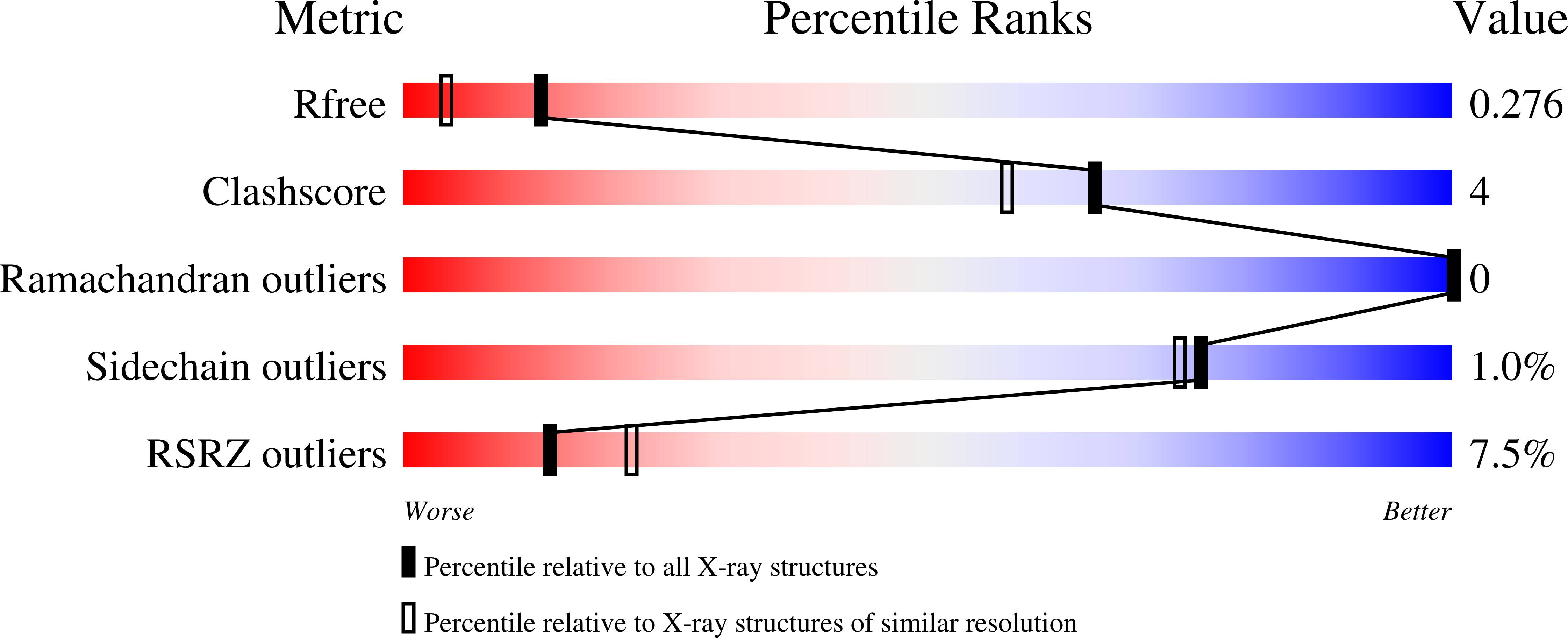
Deposition Date
2023-01-28
Release Date
2023-05-10
Last Version Date
2024-02-07
Entry Detail
PDB ID:
8CCZ
Keywords:
Title:
Crystal structure of human Sirt3 in complex with an inhibiting HIV1 Tat-37-59 peptide
Biological Source:
Source Organism:
Homo sapiens (Taxon ID: 9606)
Human immunodeficiency virus 1 (Taxon ID: 11676)
Human immunodeficiency virus 1 (Taxon ID: 11676)
Host Organism:
Method Details:
Experimental Method:
Resolution:
1.95 Å
R-Value Free:
0.27
R-Value Work:
0.22
R-Value Observed:
0.22
Space Group:
P 1 21 1


